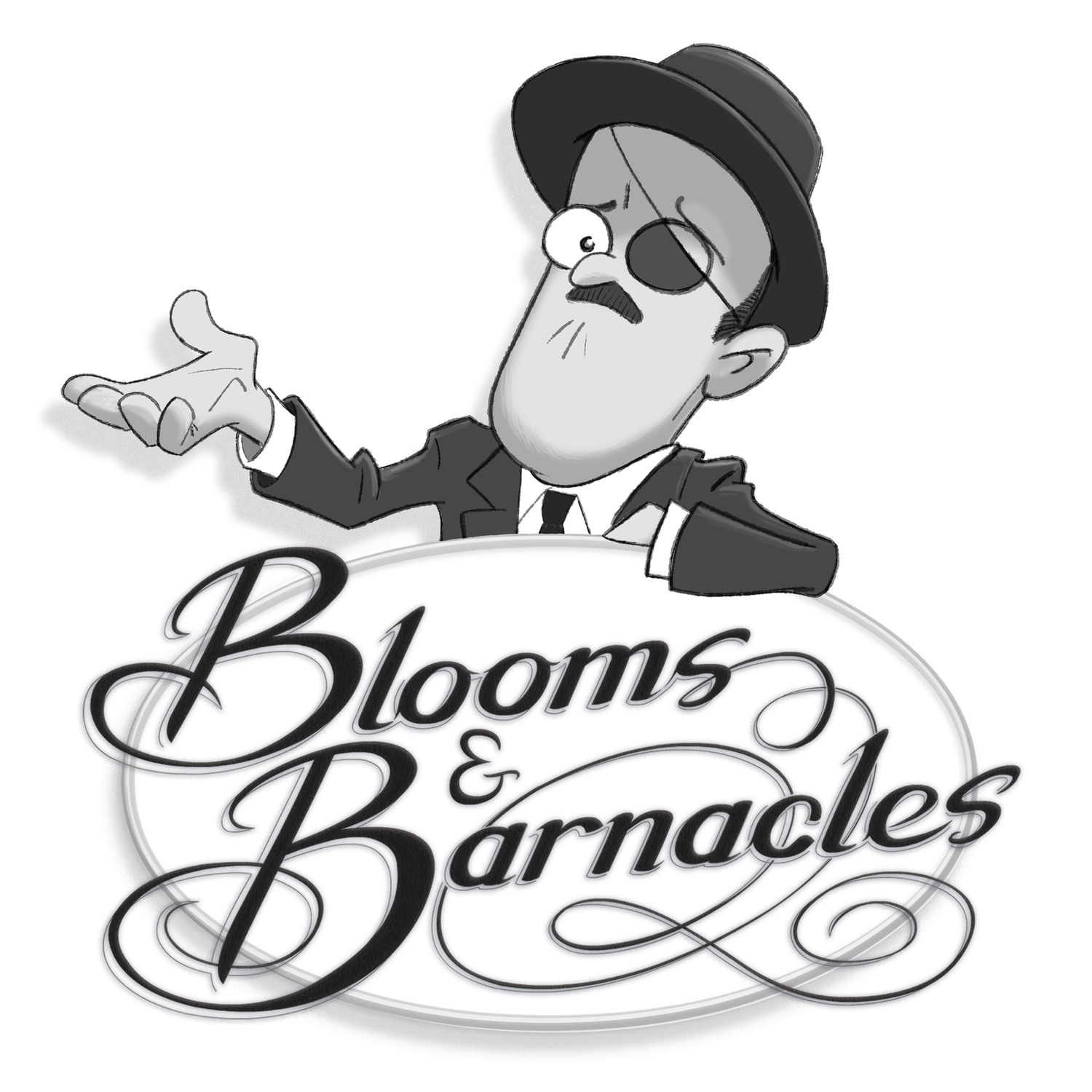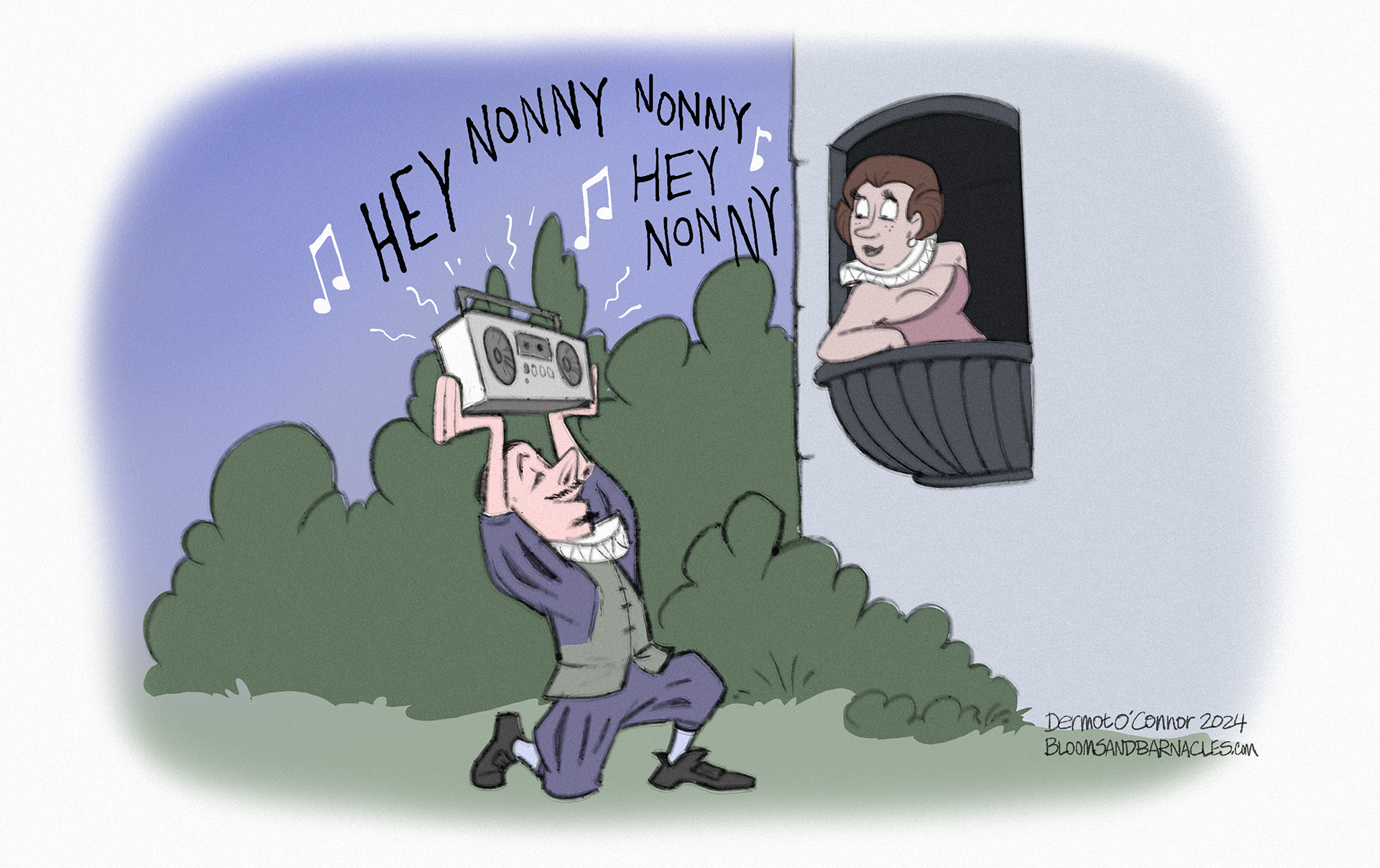Ep. 160: Anne Hath A Way
No, not that Anne Hathaway. The Shakespearean one.
An illustration of Shakespeare's family life, c. 1890, George Edward Perine
Topics in this episode include Socratididion’s Epipsychidion, unparalleled pettiness, Stephen’s unfair characterization of Shakespeare’s wife Anne Hathaway, why commentary about Anne Hathaway has been so problematic historically, Anne as a Gertrude stand-in, how we can learn factual information about the Shakespeares’ lives, sixteenth century age gap discourse, Anne and Will’s marriage prospects, “Venus and Adonis,” marriage and weddings in Elizabethan England, how Anne Hathaway became a symbol of Victorian propaganda, Shakespeare and the “Scylla and Charybdis” schema, and why Ulysses is a terrible place to go to learn about Shakespeare’s life.
Support us on Patreon to access episodes early, bonus content, and a video version of our podcast.
On the Blog:
Venus and Adonis, Titian, 1554
A Shakespearean Ghost Story Part 2: Anne Hath a Way
Blooms & Barnacles Social Media:
Facebook | BlueSky | Instagram
Subscribe to Blooms & Barnacles:
Apple Podcasts | Spotify | YouTube
Further Reading:
Benstock, S. (1975). “Ulysses” as Ghoststory. James Joyce Quarterly, 12(4), 396–413. http://www.jstor.org/stable/25487216
Fuchs, D. (2015). “He Puts Bohemia on the Seacoast and Makes Ulysses Quote Aristotle”: Shakespearean Gaps and the Early Modern Method of Analogy and Correspondence in Joyce’s Ulysses. In Laura Pelaschiar (ed.), Joyce/Shakespeare (21-37). Syracuse: Syracuse University Press. Retrieved from https://books.google.ie/books?id=sYL3CgAAQBAJ&dq=anne+hathaway+ulysses&lr=&source=gbs_navlinks_s
Gifford, D., & Seidman, R. J. (1988). Ulysses annotated: Notes for James Joyce's Ulysses. Berkeley: University of California Press. Retrieved from https://tinyurl.com/vy6j4tk
Greer, G. (2008). Shakespeare’s Wife. London: Bloomsbury Publishing.
Heiniger, A. (2012). “The Supreme Question”: Gratifying the Loathly Lady in James Joyce’s “Ulysses.” James Joyce Quarterly, 49(2), 315–334. http://www.jstor.org/stable/24598823
Kellogg, R. (1974). Scylla and Charybdis. In C. Hart & D. Hayman (eds.), James Joyce’s Ulysses: Critical essays (147-179). Berkeley: University of California Press. Retrieved from https://tinyurl.com/wu2y7mg
Kimball, J. (1973). The Hypostasis in "Ulysses". James Joyce Quarterly, 10(4), 422-438. Retrieved February 20, 2020, from www.jstor.org/stable/25487079
Michels, J. (1983). “Scylla and Charybdis”: Revenge in James Joyce’s “Ulysses.” James Joyce Quarterly, 20(2), 175–192. http://www.jstor.org/stable/25476502
Ryan, K. (2014). Milly Bloom as Blind Spot in "Ulysses". James Joyce Quarterly, 52(1), 17-35. Retrieved July 21, 2021, from http://www.jstor.org/stable/44162648
SCHEIL, K. (2009). The Second Best Bed and the Legacy of Anne Hathaway. Critical Survey, 21(3), 59–71. http://www.jstor.org/stable/41556328



